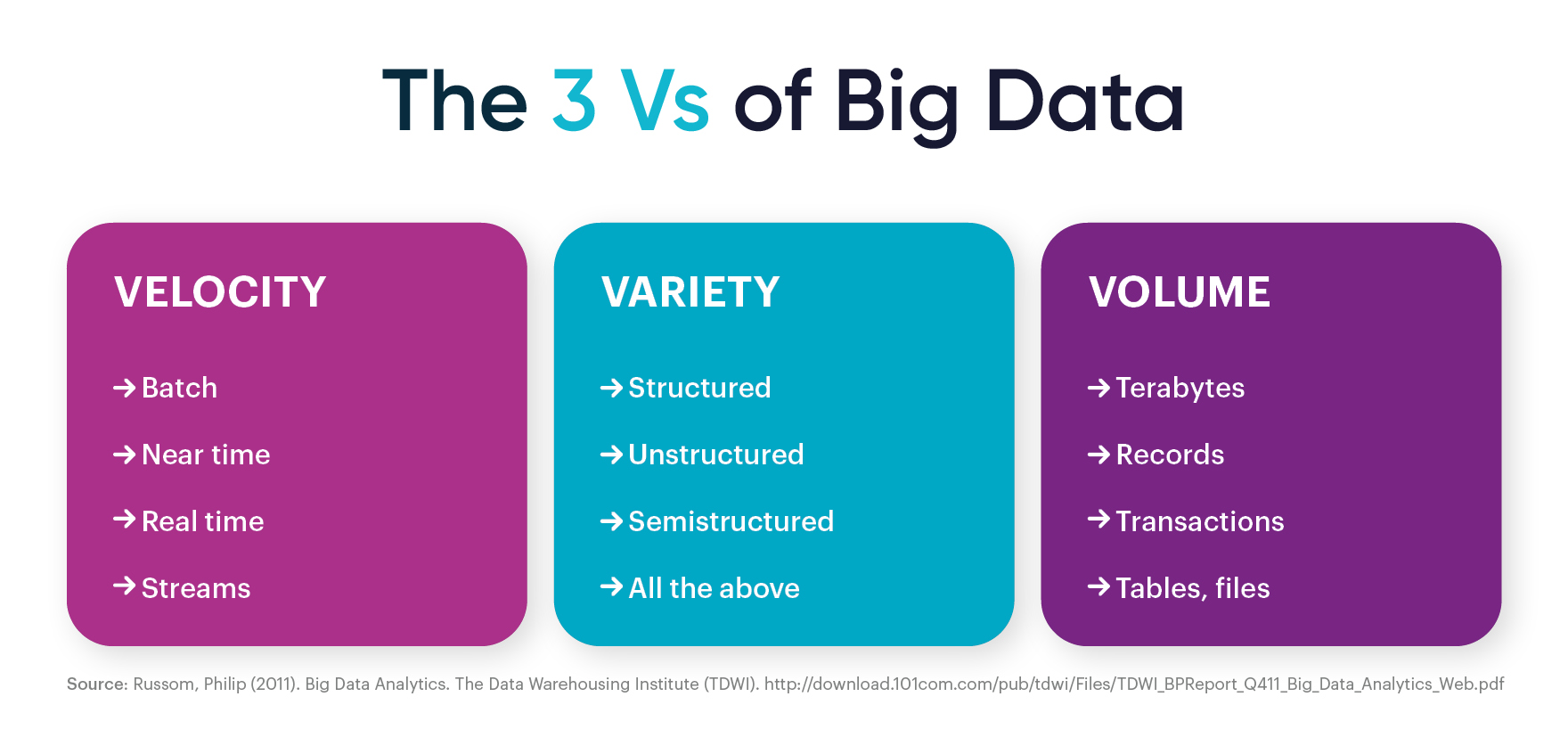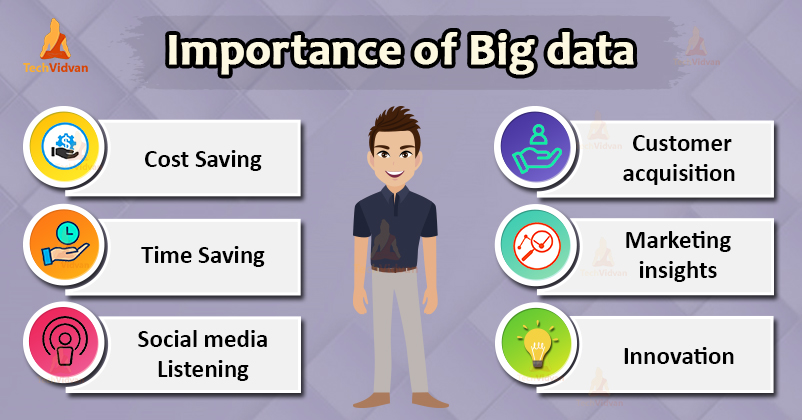
Big data refers to the vast amount of structured and unstructured data that is generated on a daily basis. The size and complexity of big data sets have increased exponentially, and they have become a key resource for businesses and organizations to make informed decisions. In this guide, we will explain what big data is, its benefits, and how to use it effectively.
What is Big Data?
Big data refers to a collection of data sets that are too large and complex to be processed by traditional data-processing applications. Data sets may include information from social media interactions, website analytics, customer transactions, and IoT devices.
Some of the characteristics of big data are:
– Volume: Big data sets are typically in the terabyte or petabyte range.
– Velocity: Data is generated at a high speed and needs to be processed in real-time.
– Variety: Big data sets include structured data (e.g., databases) and unstructured data (e.g., social media posts), and require advanced analytics tools to extract insights.
Benefits of Big Data
There are many benefits to leveraging big data, including:
– Better decision making: Big data can provide businesses with insights into customer behavior, preferences, and market trends, allowing them to make informed decisions.
– Improved customer experience: Analyzing big data can help businesses understand their customers better, enabling them to tailor their products and services to meet their needs.
– Increased efficiency: By analyzing big data, companies can identify areas where they can improve operational efficiency and optimize their business processes.

Source: techvidvan.com
How to Use Big Data
To use big data effectively, businesses need to follow these steps:
– Collect and store data: Implement a system to collect and store the data that you need to analyze. This may include purchasing data analytics platforms or hiring specialized personnel.
– Analyze the data: Once you have collected the data, use advanced analytics tools and techniques to extract insights from large and complex data sets.
– Interpret the data: Translate the results of the analysis into actionable insights that can help you make informed decisions and improve your business processes.
– Act on the insights: Take the necessary actions based on the insights you have obtained, which may include implementing changes to business strategies, products and services, or marketing campaigns.
In conclusion, big data has become a crucial resource for businesses and organizations to make informed decisions, improve customer experiences, and optimize their operations. By understanding what big data is, its benefits and how to use it effectively, businesses can harness its full potential and gain a competitive advantage in today’s rapidly changing marketplace.




